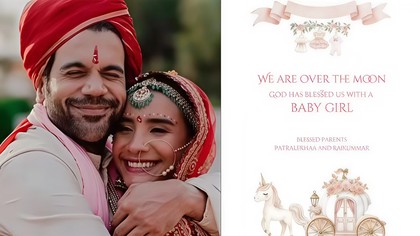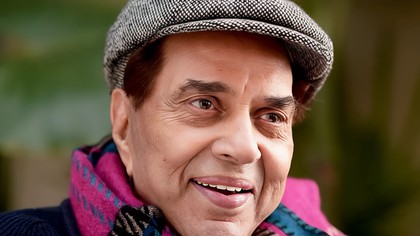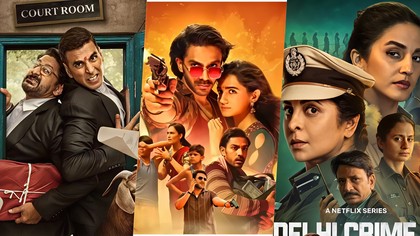Separating the art from the artist is hard. Especially in a medium as provocative as cinema, that is watched by a million viewers. It has the power to shape an opinion, inspire a change or create a narrative that can sway the audience.
The Kerala Story ends up making the medium a message. It tries to 'shape' the truth at instances when the audience should be left to make up their mind.
The radicalization and trafficking, particularly young girls, into terrorist activities is a narrative that demands attention and sensitive portrayal. However, Sudipto Sen's rendition of "The Kerala Story" falls short of delivering the honesty, that the depiction required. Instead, it emerges as a companion piece to "The Kashmir Files," maintaining a divisive tone that exploits emotions rather than shedding light on the underlying issues.
A Superficial Depiction
Said to be based on real life incidents, "The Kerala Story" follows the journey of three nursing students from Kerala who are ensnared by an extremist group, convincing them to abandon their faiths for the cause of the Islamic State. While the premise holds promise, the execution lacks depth and nuance. Characters are reduced to stereotypes: either gullible victims or cunning manipulators with Muslim names, leaving no room for complexity or understanding.
Political Agenda Over Cinematic Integrity
Unfortunately, Sen's direction appears more influenced by local politics than creating cognisance in the audience. Rather than explaining the nuance, the film leans heavily on propaganda. The portrayal of religion, communism, and other ideologies lacks sophistication, creating a rhetoric of hatred rather than an informed depiction.
The Reel vs Real
Instead of dealing with the geopolitical complexities surrounding the rise of groups like the Islamic State, the film settles for sensationalism, failing to engage with significant questions and perspectives. As an American film made on war, where somehow the narrative
Missed Opportunities for Complexity
"The Kerala Story" overlooks crucial nuances, such as the geopolitical factors contributing to the rise of extremist groups and the motivations of individuals who join them. The narrative fails to explore why Indian Muslims may or may not be attracted to such ideologies, opting instead for a generic portrayal that peddles half-truths. By neglecting to address these complexities, the film misses an opportunity to offer a more comprehensive understanding of the issue at hand.
Performance and Aesthetic Appeal
Amidst these shortcomings, Adah Sharma's portrayal of Shalini stands out for its sincerity and emotional depth. Her depiction of a vulnerable yet resilient character adds a layer of authenticity to the narrative. Additionally, the film's depiction of Kerala's scenic beauty juxtaposed with the harsh landscapes of Afghanistan provides a visually compelling contrast, offering moments of respite amidst the narrative's bleakness.
"The Kerala Story" emerges as a missed opportunity to explore the complex issue of radicalization and trafficking with the depth and sensitivity it warrants. Instead, it succumbs to sensationalism and propagandist agendas, failing to engage with the multifaceted realities of the subject matter. While it may offer some poignant moments and noteworthy performances, overall, it falls short of delivering a meaningful and insightful cinematic experience.
The Kerala Story is now streaming on ZEE5.











